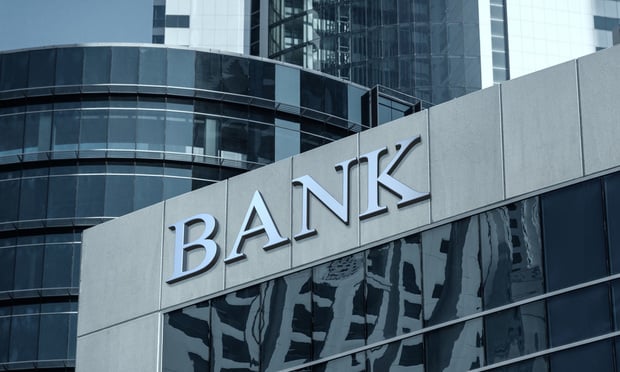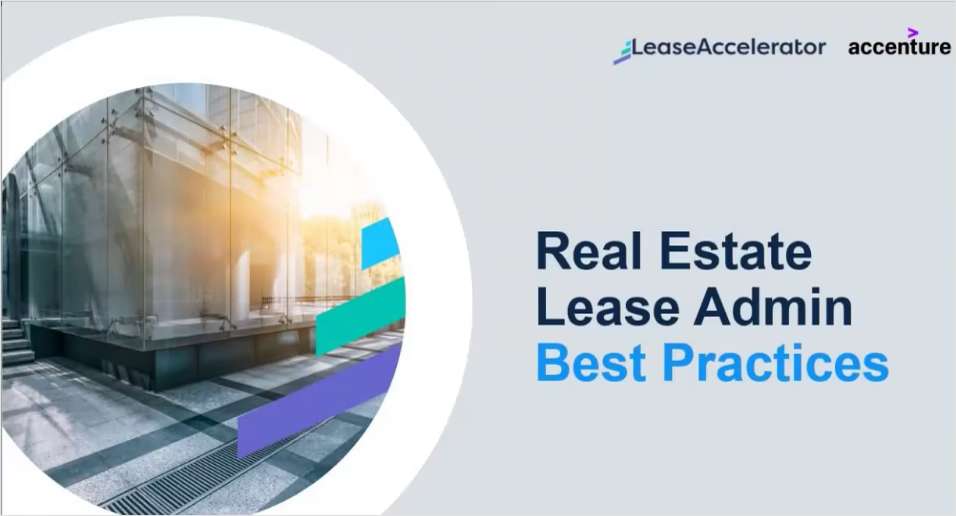WASHINGTON, DC--In what surely was an accident of timing, the American Institute of Architects released its Architecture Billings Index (ABI) on the eve of the UK's European referendum vote. The vote, being held today, is too close to call and global markets widely fear the consequences should the UK decide to break away from the EU. Indeed, this vote is being closely watched by the Federal Reserve and is likely one reason why it opted not to raise interest rates this month.
Yet, here is the ABI with its May reading of 53.1 -- a sharp increase from the 50.6 reading of the previous month -- which is its highest score in close to a year. An even bigger jump was posted by the new projects inquiry index. It was 60.1 last month, up from a 56.9 in April.
It gets even better. With the release of the score, AIA Chief Economist Kermit Baker said that demand levels are solid across the board for all project types at the moment. (Baker was not available to speak to GlobeSt.com). Of particular note, he added:
The recent surge in design activity for institutional projects could be a harbinger of a new round of growth in the broader construction industry in the months ahead.
It is important to say here that this is not an industry sentiment survey -- to be sure, these have value, but they are not leading economic indicators. The ABI, however, is a leading economic indicator albeit not a government one. It reflects a nine to twelve month lead time between architecture billings and construction spending with anything over a 50 indicating that design services billings will increase.
So what to make of this unexpected jump in future projects at this particularly fraught moment, when both global and US economic and political conditions seem so uncertain? Baker himself observed that business conditions at design firms have hovered around the break-even rate for the better part of this year.
Some cause-and-effect theories on underlying trends that could be behind this growth spurt in construction include:
- It's been said over and over: commercial real estate fundamentals are strong; it's everything else -- capital market turmoil, uncertain global events -- that has been holding the sector back. Project developers are letting go of the pause button now to push forward projects to meet demand.
- It's been said over and over: demand for construction workers is higher than their availability, especially skilled workers. The Associated General Contractors of America, which makes this case, says that government funding for technical education and immigration reform could go a long way to address the problem. What it doesn't specifically state is the obvious: that a hefty increase in wages would also attract more skilled workers to the trades -- especially those construction workers laid off during the recession that “ likely opted to return to work in other sectors of the economy. Many of those workers may now be driving trucks, operating heavy equipment or doing other jobs as part of the country's energy sector,” AGC said in its proposed Workforce Development Plan. [PDF]. But general wages have been rising for the last 12 months, albeit at a slow rate. Perhaps they are reaching a tipping point to bring back these workers. We saw signs of that in the latest unemployment report from the Labor Department. Yes, an appallingly low 38,000 jobs were created -- but average hourly earnings posted another increase, 0.2%, for a gain of 2.5% for the last 12 months. As wages rise, more labor become available, which will lead to more projects breaking ground.
- It's been said over and over, a Brexit would be a disaster. And indeed it would. This is not to understate the disruption a Brexit would cause in both the global and US market -- but one silver lining would be a likely stampede by global capital to safe haven markets and currencies such as the US. This money would have to be invested somewhere and real estate is among the few assets delivering a somewhat respectable yield. As ThinkAdvisor.com, sister organization to GlobeSt.com, reported recently, Fed Chair Janet Yellen has been thinking along these lines. A Brexit would create a “kind of risk-off sentiment impact … on financial markets, with a flight to safety flows that push up the dollar and other safe-haven currencies,” she told Congress this week. When asked whether a Brexit could cause a recession in the US, Yellen responded: “I don't think that's the most likely case, but we'll have to watch it carefully.”
WASHINGTON, DC--In what surely was an accident of timing, the American Institute of Architects released its Architecture Billings Index (ABI) on the eve of the UK's European referendum vote. The vote, being held today, is too close to call and global markets widely fear the consequences should the UK decide to break away from the EU. Indeed, this vote is being closely watched by the Federal Reserve and is likely one reason why it opted not to raise interest rates this month.
Yet, here is the ABI with its May reading of 53.1 -- a sharp increase from the 50.6 reading of the previous month -- which is its highest score in close to a year. An even bigger jump was posted by the new projects inquiry index. It was 60.1 last month, up from a 56.9 in April.
It gets even better. With the release of the score, AIA Chief Economist Kermit Baker said that demand levels are solid across the board for all project types at the moment. (Baker was not available to speak to GlobeSt.com). Of particular note, he added:
The recent surge in design activity for institutional projects could be a harbinger of a new round of growth in the broader construction industry in the months ahead.
It is important to say here that this is not an industry sentiment survey -- to be sure, these have value, but they are not leading economic indicators. The ABI, however, is a leading economic indicator albeit not a government one. It reflects a nine to twelve month lead time between architecture billings and construction spending with anything over a 50 indicating that design services billings will increase.
So what to make of this unexpected jump in future projects at this particularly fraught moment, when both global and US economic and political conditions seem so uncertain? Baker himself observed that business conditions at design firms have hovered around the break-even rate for the better part of this year.
Some cause-and-effect theories on underlying trends that could be behind this growth spurt in construction include:
- It's been said over and over: commercial real estate fundamentals are strong; it's everything else -- capital market turmoil, uncertain global events -- that has been holding the sector back. Project developers are letting go of the pause button now to push forward projects to meet demand.
- It's been said over and over: demand for construction workers is higher than their availability, especially skilled workers. The Associated General Contractors of America, which makes this case, says that government funding for technical education and immigration reform could go a long way to address the problem. What it doesn't specifically state is the obvious: that a hefty increase in wages would also attract more skilled workers to the trades -- especially those construction workers laid off during the recession that “ likely opted to return to work in other sectors of the economy. Many of those workers may now be driving trucks, operating heavy equipment or doing other jobs as part of the country's energy sector,” AGC said in its proposed Workforce Development Plan. [PDF]. But general wages have been rising for the last 12 months, albeit at a slow rate. Perhaps they are reaching a tipping point to bring back these workers. We saw signs of that in the latest unemployment report from the Labor Department. Yes, an appallingly low 38,000 jobs were created -- but average hourly earnings posted another increase, 0.2%, for a gain of 2.5% for the last 12 months. As wages rise, more labor become available, which will lead to more projects breaking ground.
- It's been said over and over, a Brexit would be a disaster. And indeed it would. This is not to understate the disruption a Brexit would cause in both the global and US market -- but one silver lining would be a likely stampede by global capital to safe haven markets and currencies such as the US. This money would have to be invested somewhere and real estate is among the few assets delivering a somewhat respectable yield. As ThinkAdvisor.com, sister organization to GlobeSt.com, reported recently, Fed Chair Janet Yellen has been thinking along these lines. A Brexit would create a “kind of risk-off sentiment impact … on financial markets, with a flight to safety flows that push up the dollar and other safe-haven currencies,” she told Congress this week. When asked whether a Brexit could cause a recession in the US, Yellen responded: “I don't think that's the most likely case, but we'll have to watch it carefully.”
Want to continue reading?
Become a Free ALM Digital Reader.
Once you are an ALM Digital Member, you’ll receive:
- Breaking commercial real estate news and analysis, on-site and via our newsletters and custom alerts
- Educational webcasts, white papers, and ebooks from industry thought leaders
- Critical coverage of the property casualty insurance and financial advisory markets on our other ALM sites, PropertyCasualty360 and ThinkAdvisor
Already have an account? Sign In Now
*May exclude premium content© 2024 ALM Global, LLC, All Rights Reserved. Request academic re-use from www.copyright.com. All other uses, submit a request to [email protected]. For more information visit Asset & Logo Licensing.









